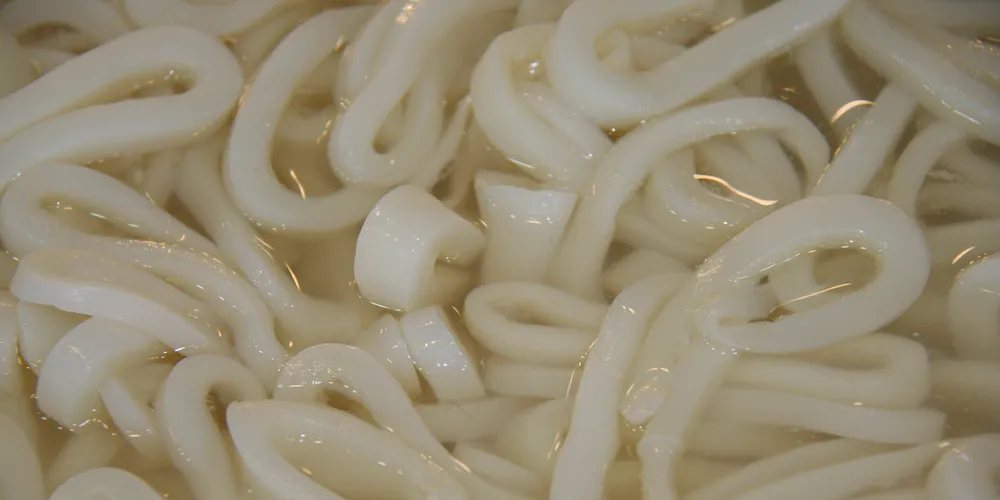World Congress on Cephalopods: Outlook mixed for global squid market
Read IntraFish Reporter Lola Navarro's blog from the FAO's World Congress on Cephalopods in Vigo, Spain.

Read IntraFish Reporter Lola Navarro's blog from the FAO's World Congress on Cephalopods in Vigo, Spain.
